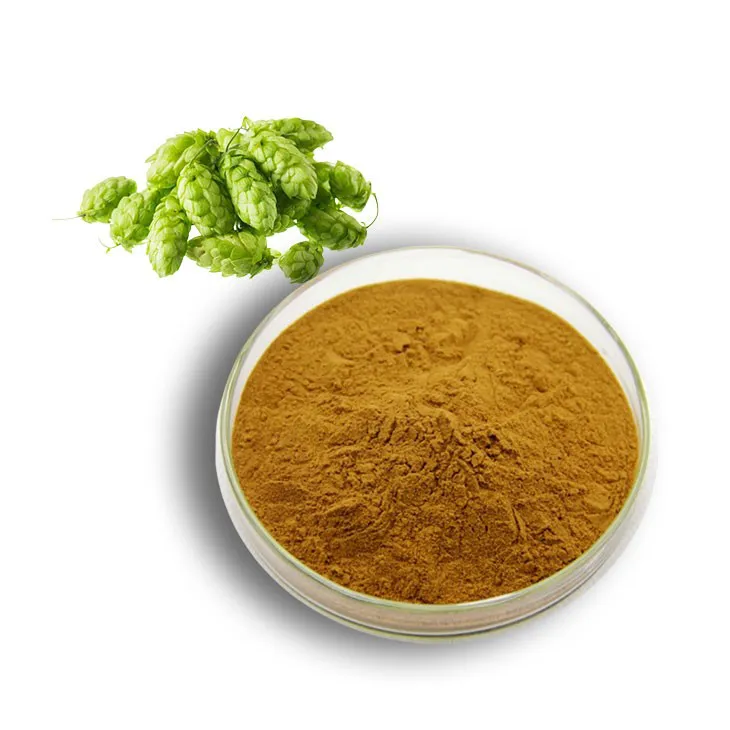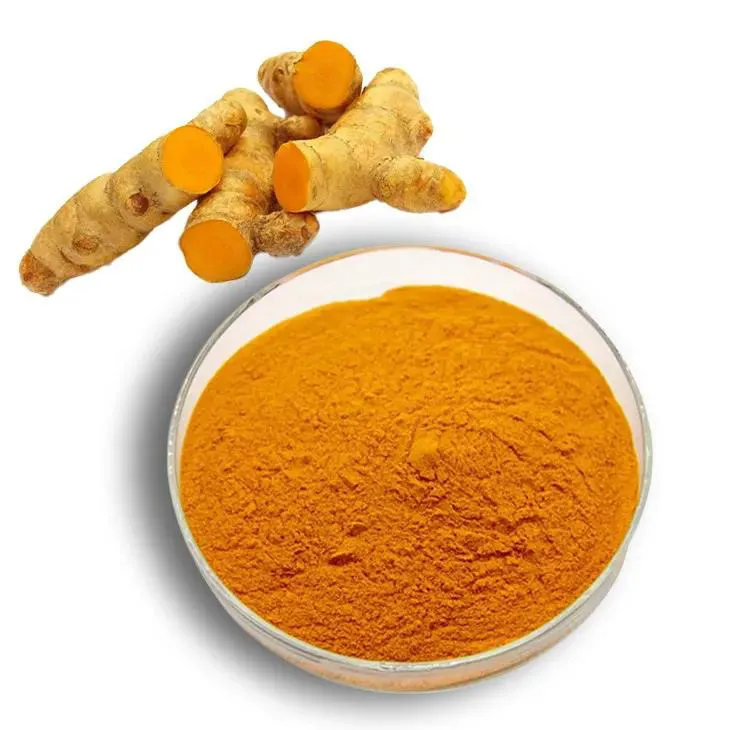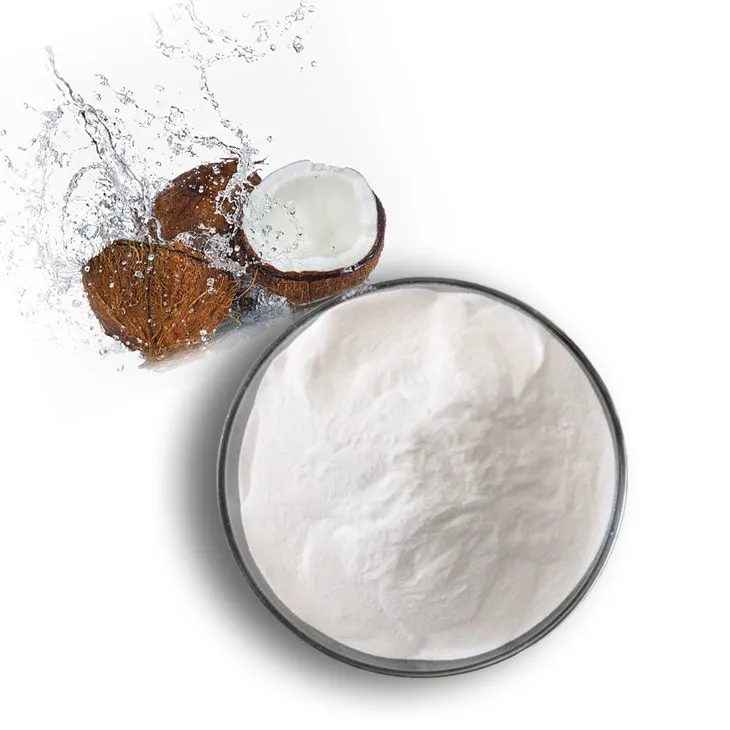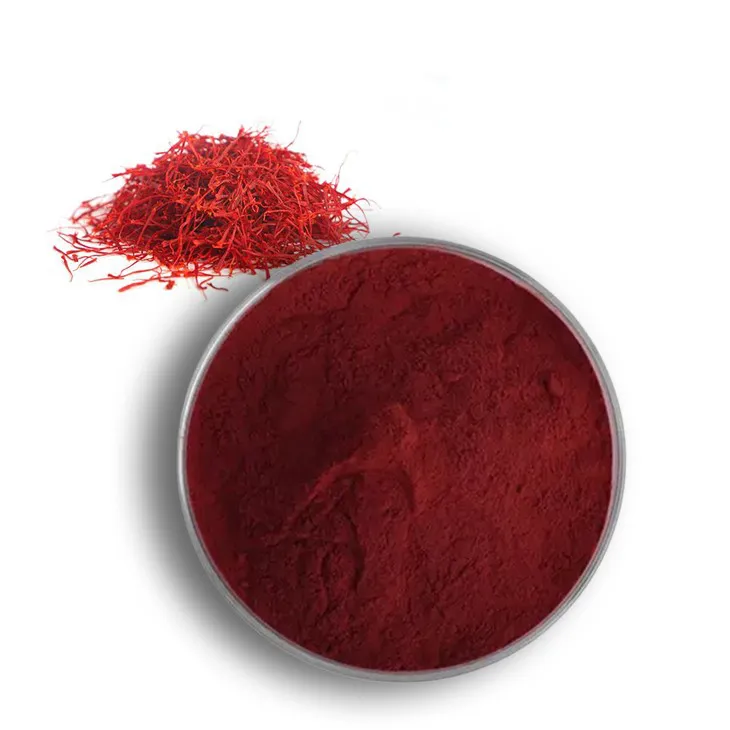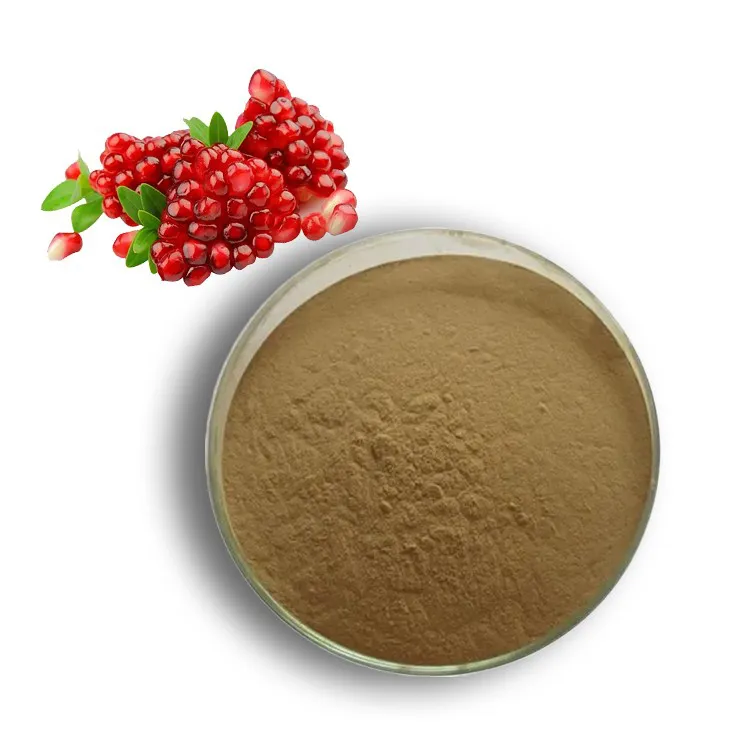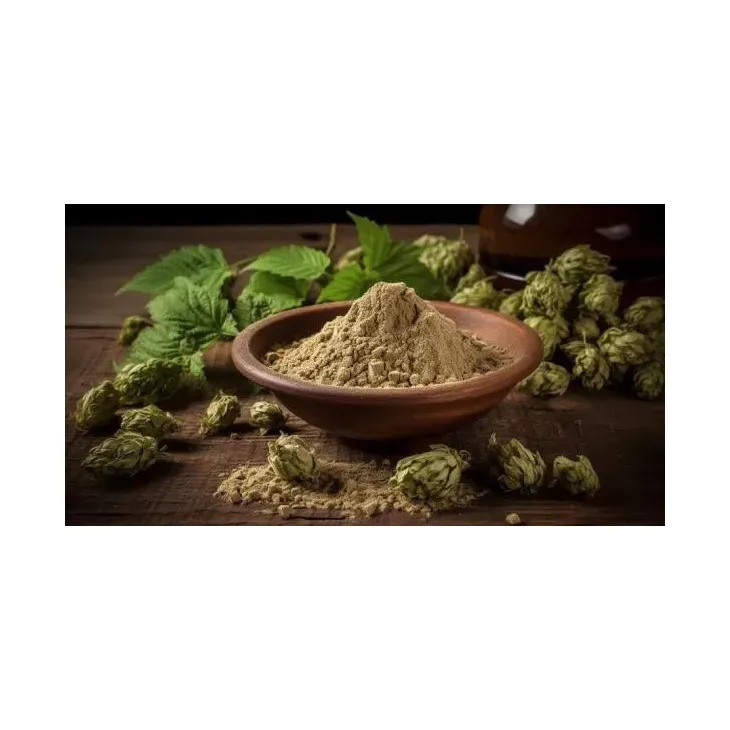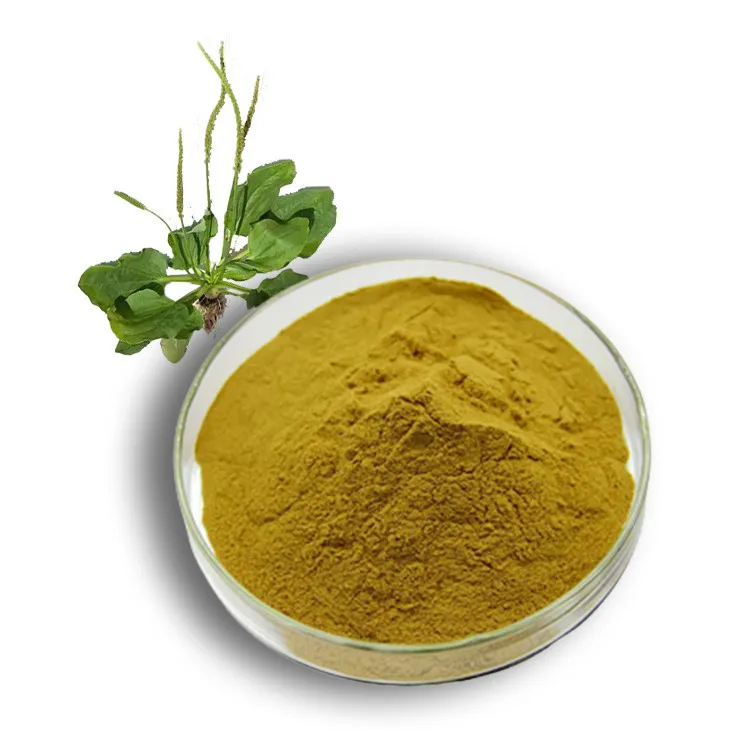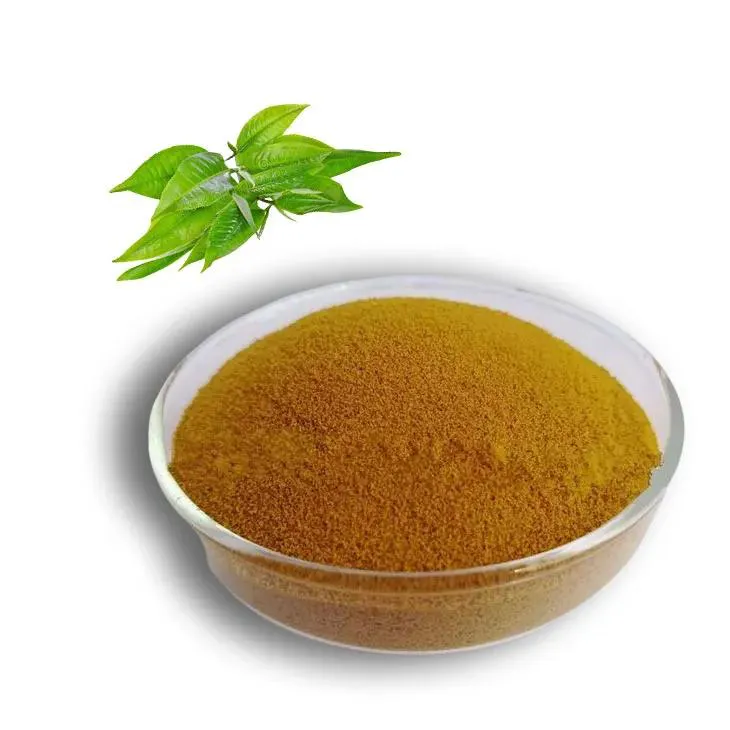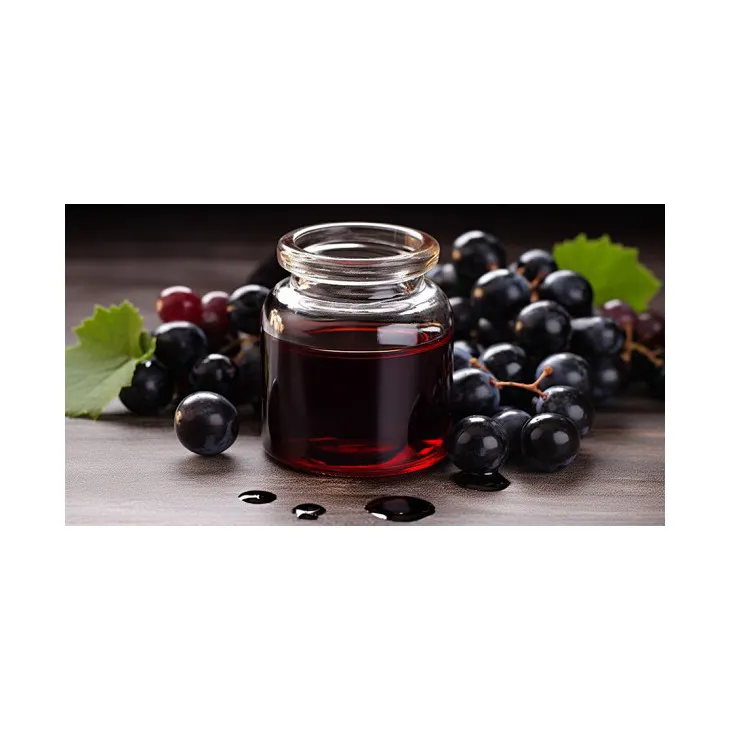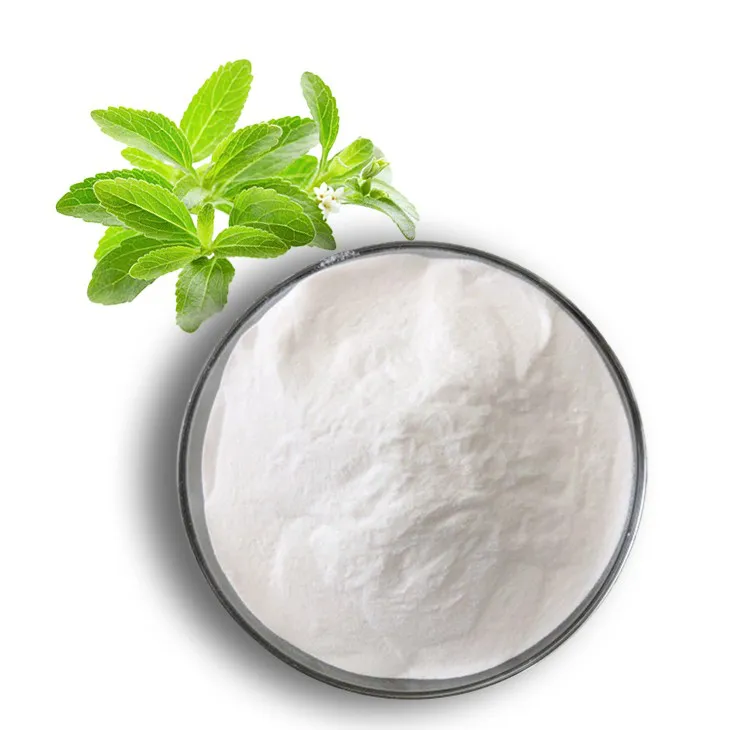- 0086-571-85302990
- sales@greenskybio.com
Understand the main processes of polygonum multiflorum extract manufacturing in the food industry.
2024-12-10
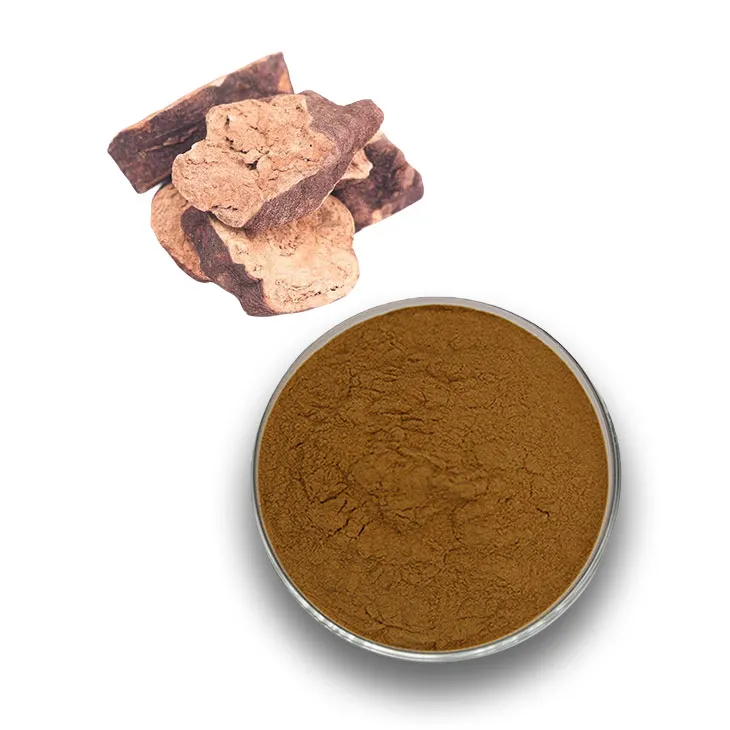
1. Introduction
The food industry is an integral part of our daily lives, providing a wide range of products that contribute to our nutrition and well - being. Among these products, Polygonum multiflorum extract has gained significant attention. This extract is used in various food - related applications, such as dietary supplements. Understanding the manufacturing processes of Polygonum multiflorum extract is crucial for ensuring its quality and safety in the food industry.
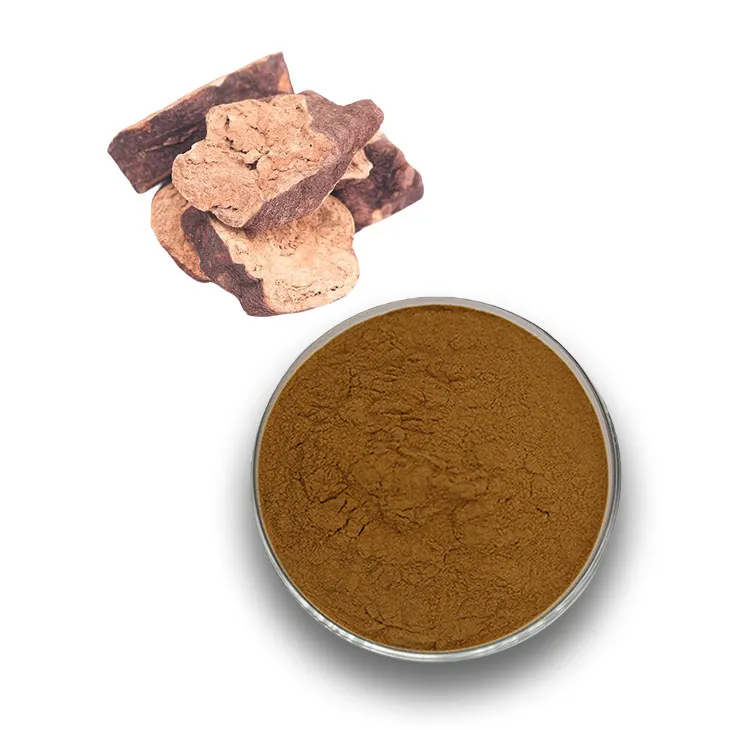
2. Raw Material Selection
The first step in the manufacturing of Polygonum multiflorum extract is the careful selection of raw materials. This process is of utmost importance as it directly impacts the quality of the final product.
2.1. Source of Polygonum multiflorum
Polygonum multiflorum is mainly sourced from specific regions where it grows naturally or is cultivated under suitable conditions. These regions are often selected based on factors such as soil quality, climate, and altitude. For example, in some Asian countries, certain areas with fertile soil and a temperate climate are known to produce high - quality Polygonum multiflorum.
2.2. Criteria for Selection
When selecting Polygonum multiflorum roots as raw materials, several criteria need to be considered:
- Appearance: The roots should have a healthy appearance, without any signs of damage, decay, or disease. They should be of a suitable size and shape, which may vary depending on the specific variety of Polygonum multiflorum.
- Age of the Plant: Generally, roots from plants of an appropriate age are preferred. Younger roots may not have fully developed the active compounds, while overly old roots may have reduced quality.
- Purity: The roots should be free from contaminants such as other plant species, soil particles, and chemical residues. This requires careful inspection and sometimes laboratory testing.
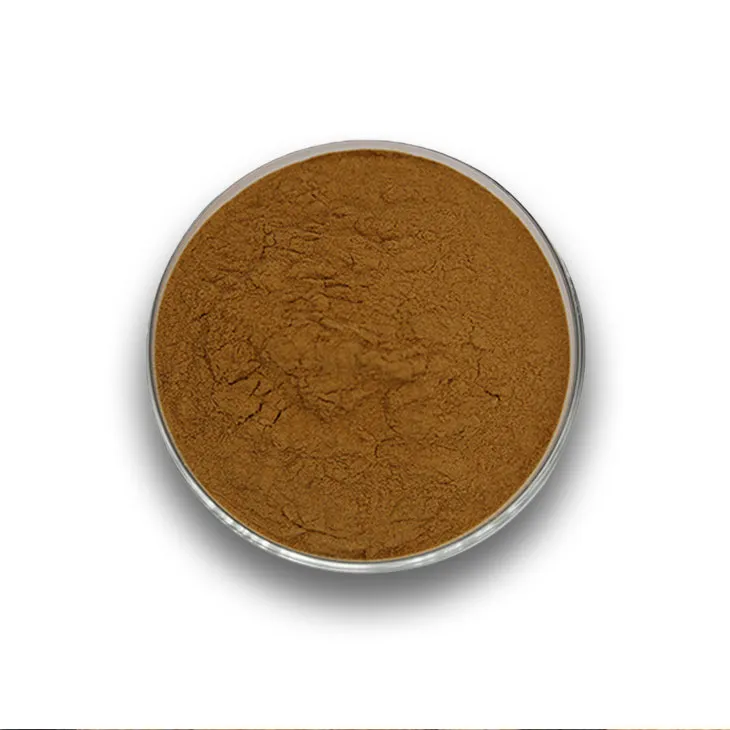
3. Cleaning
Once the raw materials are selected, the next step is cleaning. Thorough cleaning is essential to remove any impurities that may be present on the Polygonum multiflorum roots.
3.1. Initial Cleaning
The first stage of cleaning involves removing large - scale impurities such as dirt, stones, and pieces of other plants. This can be done through a series of mechanical processes, such as sieving and brushing.
3.2. Secondary Cleaning
After the initial cleaning, a more detailed cleaning process is carried out. This may include washing the roots with water, sometimes with the addition of mild detergents or cleaning agents. However, it is crucial to ensure that these additives do not leave any harmful residues on the roots. The water used for washing should also meet certain quality standards to avoid introducing new contaminants.
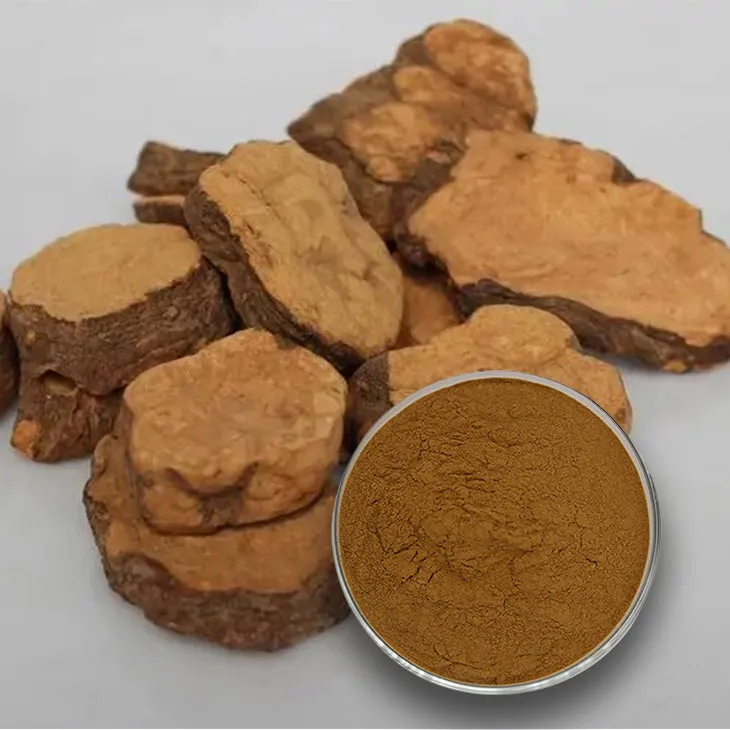
4. Extraction
After cleaning, the extraction process begins. This is a key step in obtaining the valuable components from the Polygonum multiflorum roots.
4.1. Solvent Extraction
One of the most commonly used methods for extracting Polygonum multiflorum extract is solvent extraction. Different solvents can be used depending on the nature of the active compounds to be extracted and the desired properties of the final extract.
- Ethanol: Ethanol is a popular solvent for extracting Polygonum multiflorum extract. It has the advantage of being relatively safe, as it can be easily removed from the final product through evaporation. Ethanol can effectively dissolve many of the active compounds present in Polygonum multiflorum, such as flavonoids and polysaccharides.
- Water: Water can also be used as a solvent in some cases. Water - based extraction is often considered a more "natural" approach, especially for applications where the final product is intended for consumption as a dietary supplement. However, water extraction may require more complex purification steps compared to ethanol extraction, as it can also extract non - target compounds.
4.2. Other Extraction Methods
In addition to solvent extraction, other methods are also being explored for the extraction of Polygonum multiflorum extract.
- Supercritical Fluid Extraction: This method uses supercritical fluids, such as supercritical carbon dioxide. Supercritical fluid extraction has the advantage of being a relatively clean and efficient process, as the supercritical fluid can be easily removed from the extract without leaving any solvent residues. However, this method requires more specialized equipment and higher operating costs.
- Microwave - Assisted Extraction: Microwave - assisted extraction utilizes microwave energy to enhance the extraction process. This method can significantly reduce the extraction time and may also improve the extraction efficiency. However, it requires careful control of the microwave parameters to avoid over - heating and degradation of the active compounds.
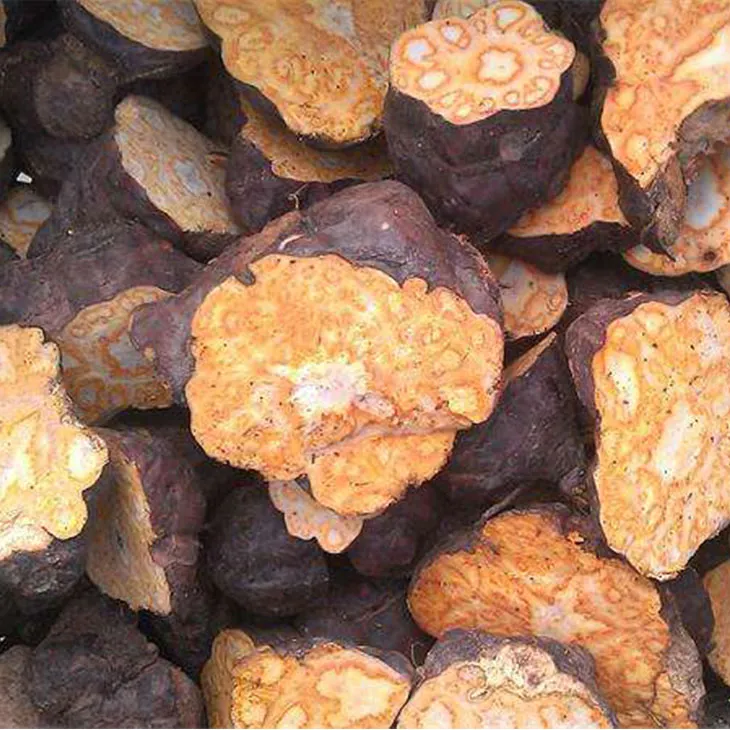
5. Purification
After the extraction process, the obtained extract usually contains not only the desired active compounds but also some unwanted substances. Therefore, purification is necessary to ensure the purity and quality of the Polygonum multiflorum extract.
5.1. Filtration
Filtration is a simple yet effective method for removing large - particle impurities from the extract. This can be done using various types of filters, such as filter papers, membrane filters, or sintered filters. Filtration can help remove solid particles such as plant debris, undissolved substances, and some large - molecule impurities.
5.2. Chromatographic Purification
Chromatographic techniques are often used for more precise purification of the Polygonum multiflorum extract. There are different types of chromatography that can be applied, depending on the nature of the compounds to be separated.
- High - Performance Liquid Chromatography (HPLC): HPLC is a widely used chromatographic method for purifying plant extracts. It can separate compounds based on their different affinities for the stationary and mobile phases. HPLC can effectively remove impurities that are closely related in structure to the active compounds, ensuring a high - purity extract.
- Column Chromatography: Column chromatography is another commonly used method. It is relatively simple and cost - effective compared to HPLC. In column chromatography, the extract is passed through a column filled with a stationary phase, and different compounds are separated based on their interaction with the stationary phase.
6. Drying
The final step in the manufacturing of Polygonum multiflorum extract is drying. Drying is important to obtain a stable and shelf - stable product.
6.1. Spray Drying
Spray drying is a popular method for drying Polygonum multiflorum extract. In this process, the extract is sprayed into a hot air stream. The hot air rapidly evaporates the water or solvent in the extract, resulting in the formation of fine powder. Spray drying has the advantage of producing a product with a relatively uniform particle size and good flowability, which is suitable for further processing in the food industry.
6.2. Vacuum Drying
Vacuum drying is another option. This method is carried out under reduced pressure, which lowers the boiling point of the solvent or water in the extract. Vacuum drying can be beneficial for heat - sensitive compounds in the Polygonum multiflorum extract, as it can reduce the exposure to high temperatures compared to spray drying. However, vacuum drying may be more time - consuming and require more complex equipment.
7. Conclusion
The manufacturing of Polygonum multiflorum extract in the food industry involves a series of complex processes, from raw material selection to drying. Each step plays a crucial role in ensuring the quality, purity, and safety of the final product. As the demand for natural and healthy food products continues to grow, understanding and optimizing these manufacturing processes will be essential for the successful application of Polygonum multiflorum extract in the food industry.
FAQ:
What are the key factors in raw material selection for Polygonum multiflorum extract?
The key factors in raw material selection for Polygonum multiflorum extract mainly include its origin, quality, and freshness. The origin should be from areas known for high - quality production. High - quality Polygonum multiflorum roots are free from diseases and pests, and have a certain appearance and texture. Freshness is also important as fresher roots are more likely to contain higher levels of active ingredients.
Why is cleaning important in the manufacturing process of Polygonum multiflorum extract?
Cleaning is important in the manufacturing process of Polygonum multiflorum extract because it helps to remove impurities such as soil, dust, and other contaminants. These impurities can affect the quality of the extract, interfere with extraction and purification processes, and may even introduce harmful substances. By thoroughly cleaning the raw materials, a purer and higher - quality extract can be obtained.
What are the common solvents used in the extraction of Polygonum multiflorum extract?
Common solvents used in the extraction of Polygonum multiflorum extract include ethanol, methanol, and water - ethanol mixtures. Ethanol is often preferred as it is relatively safe, can dissolve a wide range of active ingredients, and is easy to handle. Methanol is also used in some cases, but it is more toxic and requires careful handling. Water - ethanol mixtures can be adjusted according to the specific requirements of extraction to achieve different extraction efficiencies.
How is the purification of Polygonum multiflorum extract carried out?
The purification of Polygonum multiflorum extract can be carried out through various methods. One common method is chromatography, such as column chromatography or high - performance liquid chromatography (HPLC). These methods can separate different components based on their chemical properties, allowing the removal of unwanted substances. Another method is filtration, which can remove particulate impurities. Additionally, crystallization can also be used to purify the extract by separating the pure compound from the solution.
What are the applications of Polygonum multiflorum extract in the food industry?
Polygonum multiflorum extract has several applications in the food industry. It can be used in the production of dietary supplements, where it may provide certain health benefits such as antioxidant, anti - aging, and hair - nourishing effects. It can also be added to functional foods, such as energy bars or health drinks, to enhance their nutritional value. Moreover, in some traditional food products, it may be used as a natural flavoring or coloring agent.
Related literature
- Polygonum multiflorum: Traditional Uses, Phytochemistry, and Pharmacology"
- "Manufacturing Processes of Herbal Extracts in the Food Industry: A Case Study of Polygonum multiflorum"
- "The Quality Control of Polygonum multiflorum Extract in Food - Related Applications"
- ▶ Hesperidin
- ▶ citrus bioflavonoids
- ▶ plant extract
- ▶ lycopene
- ▶ Diosmin
- ▶ Grape seed extract
- ▶ Sea buckthorn Juice Powder
- ▶ Beetroot powder
- ▶ Hops Extract
- ▶ Artichoke Extract
- ▶ Reishi mushroom extract
- ▶ Astaxanthin
- ▶ Green Tea Extract
- ▶ Curcumin Extract
- ▶ Horse Chestnut Extract
- ▶ Other Problems
- ▶ Boswellia Serrata Extract
- ▶ Resveratrol Extract
- ▶ Marigold Extract
- ▶ Grape Leaf Extract
- ▶ blog3
- ▶ blog4
- ▶ blog5
-
Hops Extract
2024-12-10
-
Curcuma Longa Extract
2024-12-10
-
Coconut Water Powder
2024-12-10
-
Saffron Extract Powder
2024-12-10
-
Pomegranate Extract
2024-12-10
-
Uridine-5'-monophosphate Disodium salt
2024-12-10
-
Plantain extract
2024-12-10
-
Green Tea Extract
2024-12-10
-
Red Wine Extract
2024-12-10
-
Stevia Extract
2024-12-10











